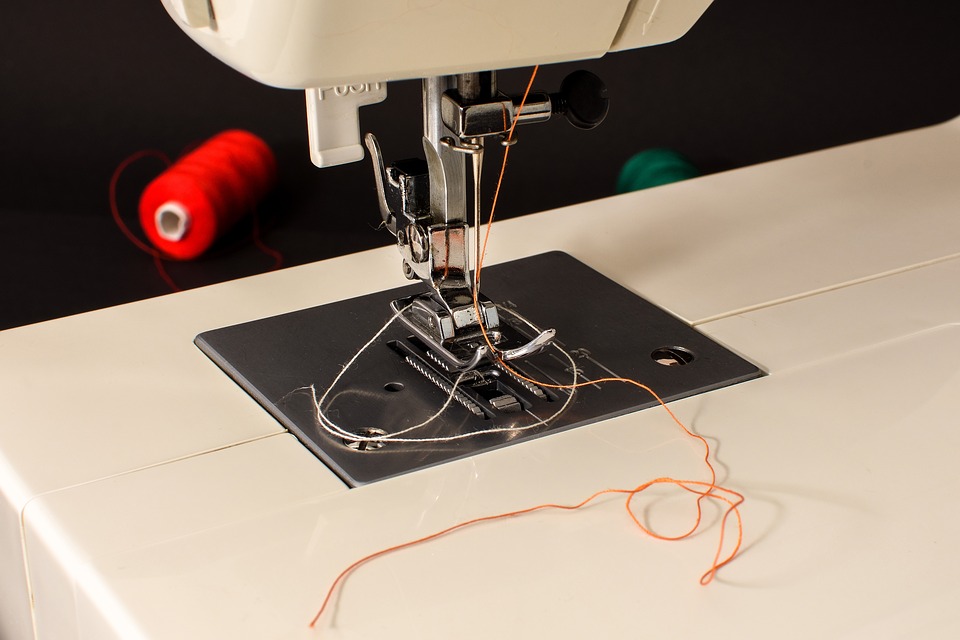
Machines initiate the wear and tear process quite early if they are not well taken care of on a regular basis. It’s normal for your sewing machine to start degrading and give you many stressful days as it ages. Like any other machinery, keeping tabs on the servicing of industrial sewing machines ensures that you get to enjoy the fruits of your purchase for longer periods. Oil change, removing worn out parts and finding spare parts for an industrial sewing machine can be a tough task, especially when you have to deal with all of it at the same time. Let’s take a step back and learn a few basic tips to keep your industrial sewing machine in fabulous condition. Keep scrolling.
- Keep it clean
It’s no news, but it’s an essential step which we tend to skip at times. Keeping your machinery clean and tidy will ensure that the lint does not interfere with it’s working. Also, not just the exterior but the whole machine needs to be cleaned extensively for which you will have to spare a few extra minutes. You can use cotton or soft brush to clean some parts while brush tweezer and blower will work wonders for the others. Cleaning hook shuttle, bottom oil tank, oil tank, machine head, and spool saddle will ensure that there is no lint left in the machine and it is debris-free for efficient cleaning. Aso, don’t forget to cover your machine with a dust cover. This step alone will do wonders for your cleaning process.
- Regular oiling
Another important tip to keep your industrial walking foot sewing machine in good shape is to regularly oil it. Generally, the red dots on a machine signify the areas to be oiled but in case of any confusions, refer to the machine manual and work accordingly. The machines which are used in the factories are to be lubricated on a daily basis to ensure smooth functioning otherwise oiling twice a week will work great too. Also, make sure the oil is cleaned every 420 hours of working and is refilled after cleaning for maintaining efficiency. Any pins, loose thread or debris spotted in the oil pan needs to be removed as soon as possible to keep it tidy.
- Use quality needle and thread
Needle and thread play a crucial role in this process. If your thread quality is not up to the mark, then it will surely leave a lot of lint residue on the machine. The more the waste, the more cleaning the machine will require. Avoid such a situation by using only standard quality threads, so the residue is hugely less. Same way, if your needle is of degraded quality, the metal will rub against the thread leading to residue formation. Bent needles will create chaos while stitching which is why regularly changing your needle is a necessity. It’s advisable to replace a needle after 10 hours of work or continuous activity for best results.
- Find an expert
Still facing problems? No worries because you can always call in experts to your aid. Whether it’s replacing oil or industrial sewing machine needles, they won’t hesitate in doing even the tiniest job for you. The best way to get the most of their service is to make a list of all the issues that you are facing so you don’t miss out on anything.
Industrial sewing machines can heavy-lift for your project, however, proper maintenance is a must for great results. Make sure you keep these tips in mind the next time you plan to service your heavy duty machine. Good luck!









